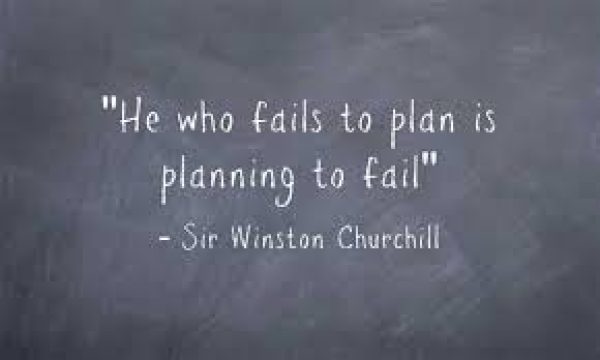As Fall gets underway, it’s an ideal time for every company to prepare for 2024 strategic planning. (this certainly includes medical practices, but for this post we will focus on startups)
Strategic Planning is often pushed under the rug by business owners/operators because they are too busy treading water. We get it. Everyone has the same struggle. Further, many organizations feel traumatized by planning efforts of the past because they just seem to result in happy thoughts that never go anywhere. Again, if this is your experience, you are not alone.
But, setting aside some time to craft 2024 goals has a host of benefits. One of the benefits is the opportunity to engage the rest of the leadership team and work to get everyone aligned. If you accomplish nothing else, this fosters better team communication and trust.
To aid in the process, we want to offer some tips:
1) Set aside time later this Fall to conduct the planning. Offsite is ideal so the distractions of the office are reduced. If budgets are restrictive, holding it onsite is fine, but make sure the space is dedicated for the time allocated. You don’t want people walking in and out to handle operations tasks. A whole day is ideal, but you can get traction in a half day session. More than a day usually results in team fatigue.
2) Asking a third party to facilitate the planning can be helpful. A board member who knows enough about the business and its goals, but who doesn’t spend day to day time in operations can be a good fit. What you don’t want is for the CEO to dictate the agenda and control the conversation. The group needs to feel like it’s collaborative.
3) It’s helpful to ask the team to do prep work so they come prepared to contribute. Circulate the Mission / Vision / Values and SWOT analysis that may have been created the prior year. Ask the group to be prepared to discuss any updates they might feel valuable. If you haven’t crafted Mission / Vision / Values statements before, it’s a helpful exercise for creating a sense of True North for the group. That said, so many of these tasks end up with blather. If these documents don’t create clarity, they are an exercise in futility.
We would also suggest a simple SWOT analysis review:
– Strengths
– Weaknesses
– Opportunities
– Threats
There are lots of great resources to help guide the creation or Mission / Vision / Value and SWOT analysis. They seem daunting, but they are actually pretty simple. We’ll share some specifics on this in a forthcoming post for those who have little to no experience in this area.
Once you have the high level points captured, it’s time to work on a longer term vision. There are lots of methodologies that suggest 5-year plans. We think this is useless for rapidly growing startups. Instead, focus on a 1-3 year plan. The further out the time horizon, the more obtuse the goals. The value of this medium term lens is that it enables a more strategic view versus a 12-month plan that requires a more tactical lens. Its critical that you know where you are headed so you craft a path that plausibly gets you there. Will the reality match up to the plan? Not 100% for sure. But a plane flying from LA to NY is going to be off its plan most of the flight and yet still manages to get to the airport in NY because of a plan.
The 1-3 year plan now helps inform your 12-month goals. We like to use the OKR framework: Objectives and Key Results. We also like the idea of having no more than 3 key objectives. It’s very very common for organizations to take on too many objectives. It has a counterproductive effect. The company usually finds that it gets little done instead of more. Focus on a few things that you can nail. By the way, the 12 month OKRs should be reviewed every quarter to establish quarterly OKRs that map to the year goal.
Finally, it’s very common to feel like you create grand plans and nothing happens. There are a myriad of reasons for this. But, one of the most common reasons is a lack of commitment to the planning process. The team needs to have buy-in and accountability around accomplishing their personal objectives. In the EOS framework this operational process is overseen by the “Integrator.”
The EOS framework recognizes that the operations leader should rarely be the “visionary.” This is a whole different topic, but we bring it up because this is the time to give it consideration. Who is going to review operational tasks week to week and communicate progress? Is there a scorecard that helps the team with visibility to progress? Further, execution never falls on one person. It’s a team effort. Is each person committed to making real progress with measurable objectives? Are the right people on the bus?
All of these critical issues can be flushed out as part of your annual strategic planning process. Remember, far more businesses fail than succeed. Efforts like this are one more way to give your organization an opportunity to be in the winning column. You owe it to yourself and your team to leverage every bit of advantage you can squeeze out and strong annual planning is unquestionably a best-practice worth taking seriously.



